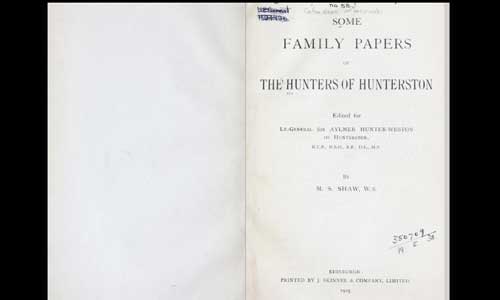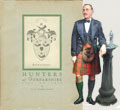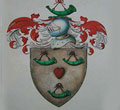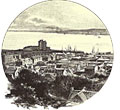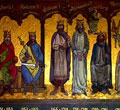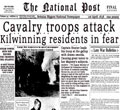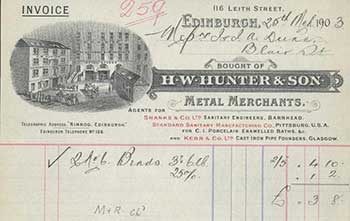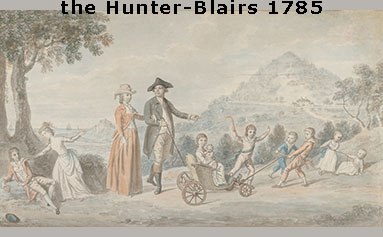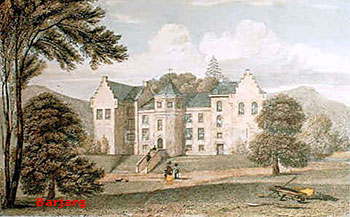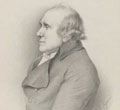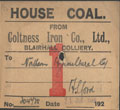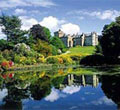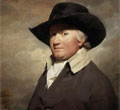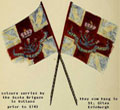The first Hunters arrived in Ayrshire in the last years of the 11th Century. They were experts in hunting and field craft with generations of experience in the forests of their land of origin, Normandy, northern France. William Hunter was invited to Scotland by David I, who was himself brought up in the Norman Court. He must have had considerable skills to have been so honoured; he was responsible for providing the Scottish Court with meat and game, a position that the Hunters held throughout the Middle Ages and beyond. In papers relating to the King's Inquisition in 1116, we find mention of Williemo Venator (William the Hunter, 1st Laird) who was appointed as Royal Huntsman while his wife had the honour of serving Queen Matilda as lady-in-waiting.William put his expertise to good use in the wild forests and fens, then rich with wildlife, which surrounded the site of the timber fortress later to become Hunter's Toun. As recognition of his family's skills the title of Royal Huntsman became a hereditary appointment.
Hunterston history
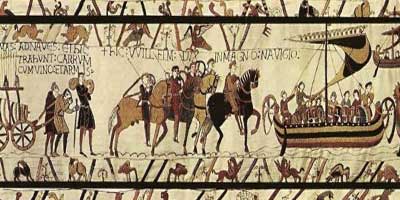
On Jan 07, 2016
Origins
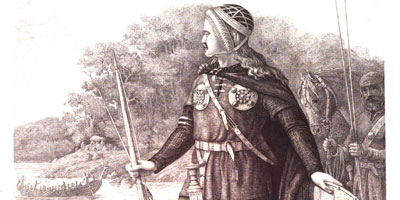
On Jan 21, 2016
Battle of Largs
still to do.
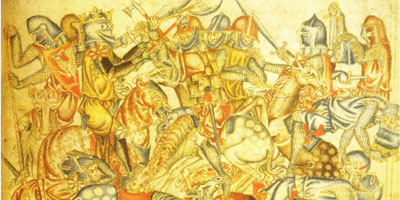
On Jan 17, 2016
Scottish Wars of Independence
The Pele Tower of Hunterston sheltered the Hunters throughout the Wars of Scottish Independence from which the Hunters emerged with their lands intact despite having signed the Ragman Rolls, swearing allegiance to King Edward I of England, in 1269. Having most likely supported William Wallace and certainly Robert the Bruce, in 1374 the great King's grandson Robert II granted William Huntar (10th Laird) a charter for the lands of Ardneil "for faithful services rendered". The Family still possess this ancient document. For many years, the Hunters continued to serve the Scottish Crown as Royal Huntsmen and as soldiers, sometimes at great cost.
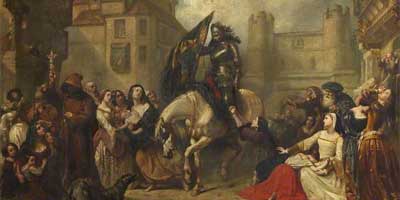
On Jan 11, 2016
Anglo-Scottish Wars
During the Anglo-Scottish Wars between England and Scotland in the 16th century John Huntar the 14th Chief died with King James at the Battle of Flodden Field and in 1513 Mungo Huntar the 16th chief died for Queen Mary at the Battle of Pinkie Cleugh in 1547. Clan chiefs from Clan Colquhoun, Clan Macfarlane and Clan Farquharson also died at this battle. A good clan chief was expected to lead by example, which meant being first into battle at the head of the clan. For this reason many clan chiefs died during battle. Because of the awful number of Scottish lives lost at the Battle of Pinkie, the 10th of September is known in Scotland as 'Black Saturday'.
On Jan 10, 2016
just a random film
temporary space filler.....
some more reading
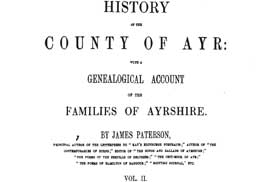 History of the County of Ayr 1882
History of the County of Ayr 1882
a very good book to start, this link takes you to a trusted website where you can read or download for free.(put Hunter in the search to speed things up)

